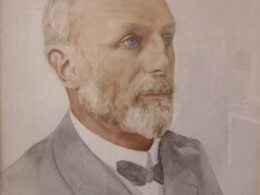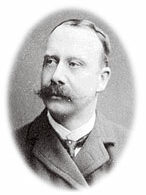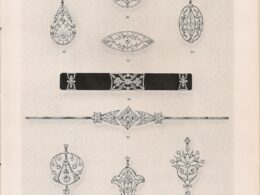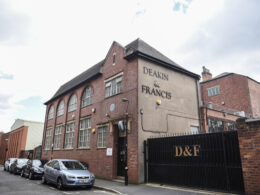By Steve Rose, research volunteer
The building has remained largely unchanged since its completion in 1899. It retains almost all its original features internally and externally and is such an exceptionally well-preserved example of a small purpose-built jewellery manufactory of the late 19th century.
It remained under the ownership of Alabaster & Wilson, a family Jewellers which was co-founded in 1887 by Arthur Alabaster and Thomas Wilson. The business operated from there from its initial build in 1892 until the business was closed in 2018. The building has now been sold.
The site has been described by Historic England as: “A very significant and legible example of the distinctive industrial architecture of this late C19 manufacturing quarter of Birmingham, now recognised as being of international significance.”
Alabaster & Wilson focused on high end bespoke jewellery manufacture. They had strong links with the equestrian industry, particularly in Ireland. The business was able to survive when numbers of imported jewellery rose due to the uniqueness of its handmade pieces. Alabaster & Wilson also undertook many special commissions on a regular basis, including for the Royal Family. The most recent special royal commission was a brooch in the Queen’s racing colours, commissioned by the Racing Post in 2016 for presentation to Her Majesty to mark her 90th birthday.
Building Timeline
1891 – 1892
Built for Alabaster & Wilson Jewellers, by JP Osborne Architects (then Nos. 10 and 11 Legge Lane)
1899
Extended to create new workshops (becomes 9, 10 and 11 Legge Lane)
2004
Listed as Grade II* by Historic England
2018
Sold by Alabaster & Wilson when the business was closed
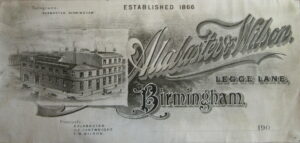
Alabaster & Wilson letter head from the early 1900s
Virtual Reality Tour of Alabaster & Wilson
We have worked with ScanTech Digital to create an interactive experience which allows users to explore the Alabaster & Wilson jewellery factory in vivid detail.


